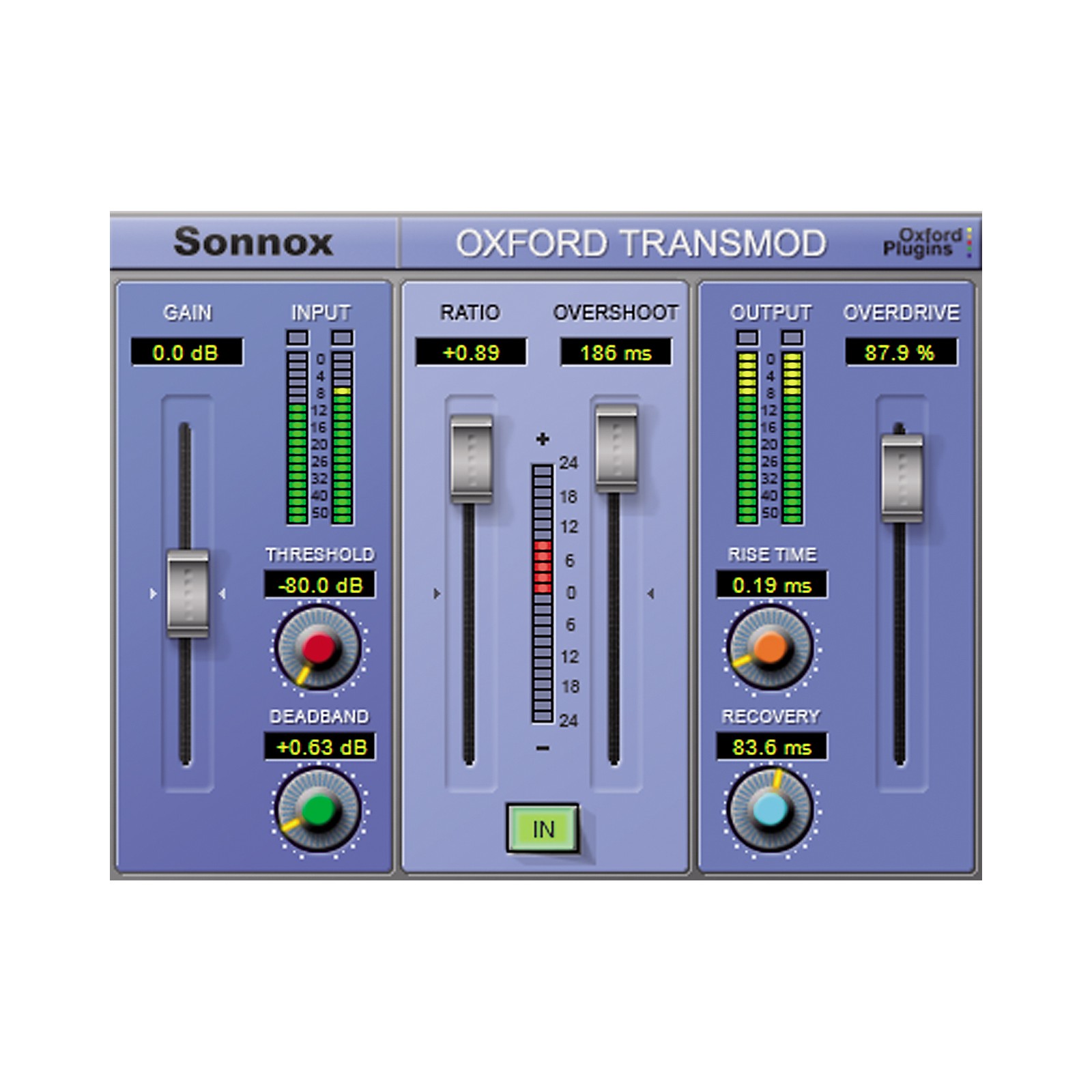

Below these controls, you'll find an effects Bypass button and a "Diff" switch, which solos the effect, so you can hear exactly what Envolution's processing engine is doing to your sound. The Warmth dial pushes the Envolution into new territory, offering harmonic saturation of the input signal to create anything from analogue-style processing to light saturation and distortion effects. The Output section on the right-hand side provides a main slider for overall output level control, while the Mix dial facilitates instant parallel processing of the Envolution's signal. As with the Transient section, you can bypass this part of the processor altogether. As you might expect, this can inflate signals towards creative distortion territory, though be warned that things can get out of hand if pushed too hard.Ī similar set of controls are found in the Sustain section below the central waveform display. As you crank the dial upwards, smaller transient detections become magnified and increased in intensity. The Sensitivity dial in the upper right-hand corner controls how the Envolution responds to smaller transient spikes. Then you've got the envelope shaping tools, with Attack, Hold and Release times allowing you to shape the transients by prolonging and enhancing or decreasing and reducing their effect.

Starting with Attack, gain can be added to or removed from initial transients using the dial to the left, with up to 24dB of control in either direction. The central section of the interface provides a real-time display of the incoming audio signal, with colour-coded sections providing control over the detected Attack (in yellow) and Sustain portions (in pink). The processor is available natively across the usual plug-in formats and it's already been ported to the UAD platform too, and that's the version reviewed here. Sonnox has entered this market with Oxford Envolution, a plug-in whose remit is considerably broader than its competitors'. You can also boost or cut the sustain portion, effectively adding or decreasing level and definition within these two key components of any incoming audio file. SPL has a well-known model that lets you sharpen or soften the attack response of the transients detected in a sound. Hence the popularity of plug-ins known as transient designers. This is easy with a synth, but making similar modifications to audio files isn't. Similarly, you might route envelopes to the oscillator and filter sections to control the shape of pitch and tone modulation. If you want a sound which peaks immediately before quickly fading to silence, you can route an envelope's attack and decay times to the synth's amplifier section. Within synthesisers, envelopes let you shape particular aspects of a sound over time.


 0 kommentar(er)
0 kommentar(er)
